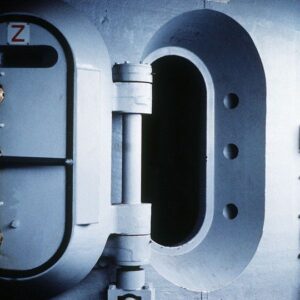The Hanging Temple: China’s 1,500-Year-Old Cliffside Marvel of Faith and Engineering
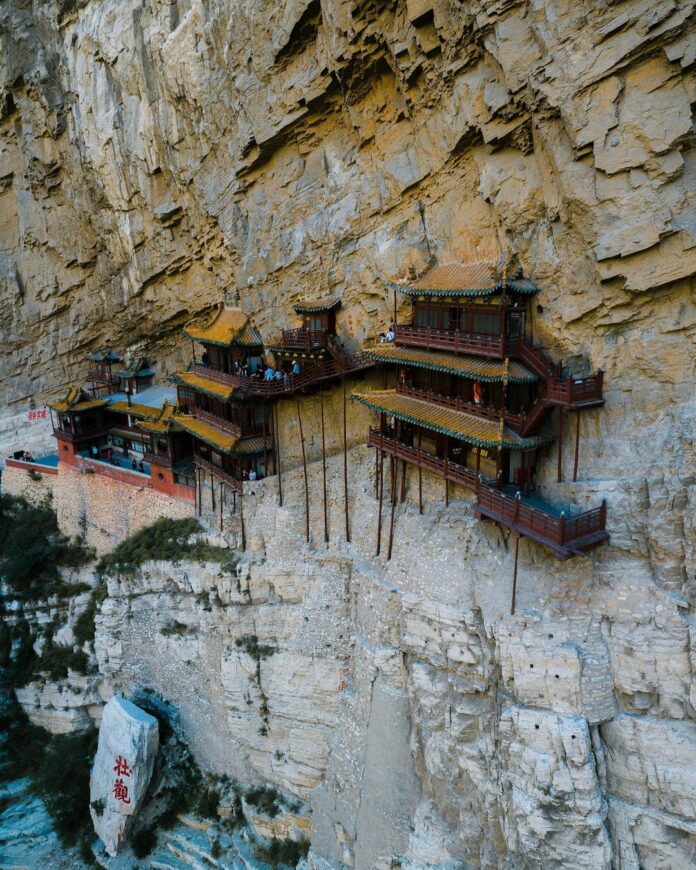
Perched precariously on the cliffs of Mount Heng in Shanxi Province, China, the Hanging Temple, also known as Xuankong Temple, Hengshan Hanging Temple, or Hanging Monastery, is an architectural marvel shrouded in both history and mystery. This extraordinary structure, built over 1,500 years ago, remains a testament to ancient ingenuity and religious harmony. Suspended 75 meters (246 feet) above the ground, the temple captivates visitors with its breathtaking location and its unique integration of Buddhism, Taoism, and Confucianism.
History
The legend of the Hanging Temple’s creation dates back to the Northern Wei Dynasty, around 491 AD. According to tradition, a monk named Liaoran initiated the construction of this remarkable temple. The ambition behind the temple was as ambitious as its location: to build a place of worship that intertwined the three core philosophies of ancient China.
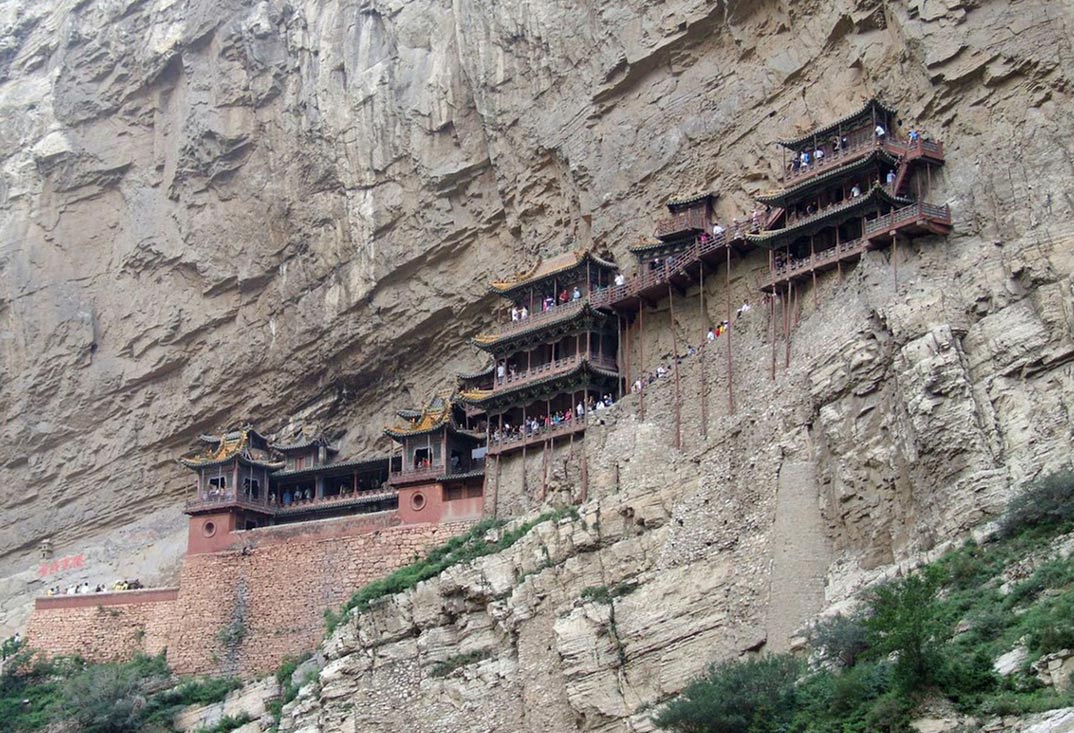
Emperor Tuoba Tao, who ruled during the Northern Wei Dynasty, played a significant role in this endeavor. Initially opposed to Buddhism, he later endorsed it along with Taoism. Inspired by the grandeur of Buddhist temples in Luoyang, Emperor Xiaowen Tuoba Yuanhong envisioned a temple on the cliffs of Mount Hengshan that would embody both Buddhist and Taoist principles.
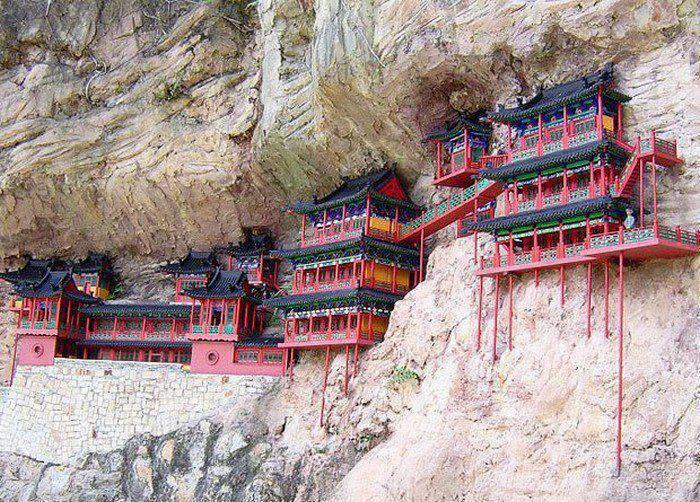
The Hanging Temple is built into a sheer cliff face on the west side of Jinxia Gorge. It relies on 27 wooden beams for support, which are further reinforced with iron chains and beams to enhance stability. Despite its seemingly precarious position, the temple’s design ingeniously uses the natural rock formations to anchor its structure, creating a marvel that appears to float above the ground.
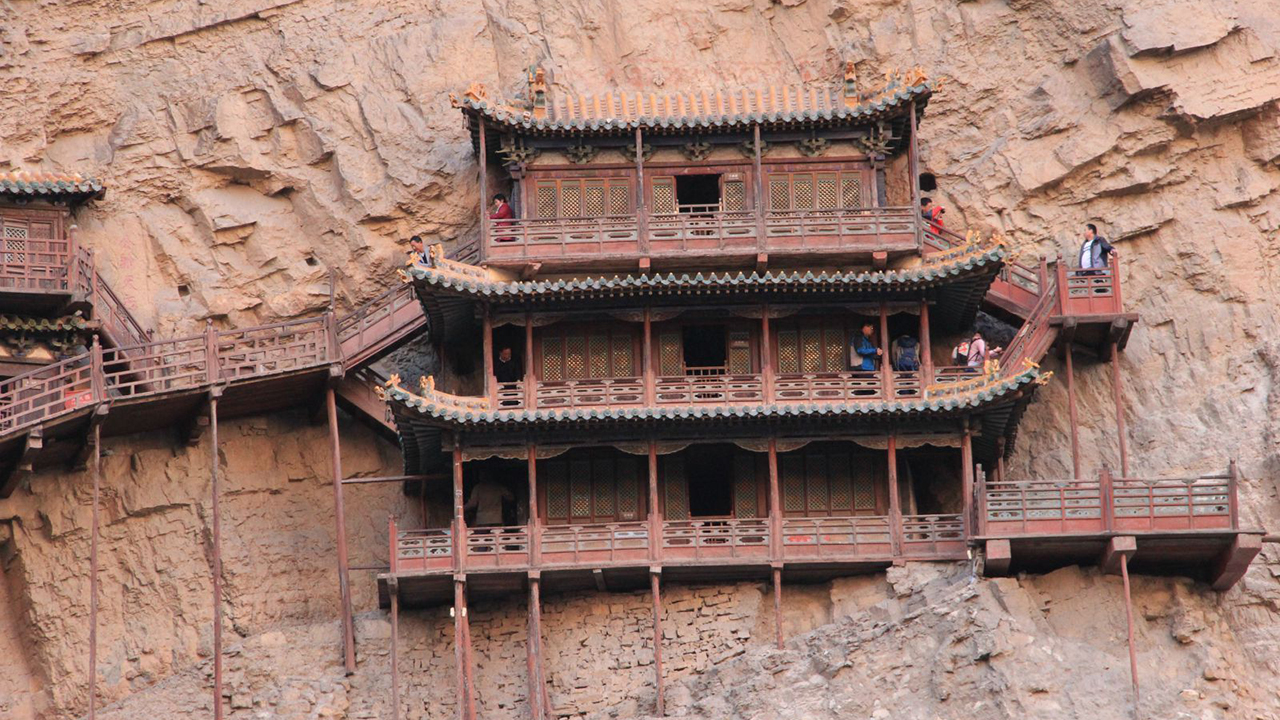
Conservation
Given its precarious location and exposure to the elements, the Hanging Temple requires meticulous care to preserve its structural integrity. The China Cultural Heritage Administration recognized this need and approved a restoration project in September 2015. This project focused on the restoration of paintings and oil decorations, as well as an overhaul of the entire scenic area.
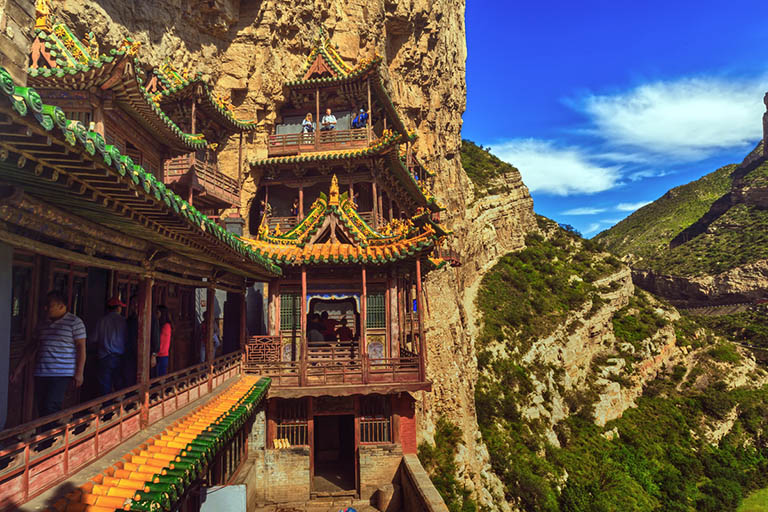
After extensive conservation work, the temple was reopened to the public in May 2016, ensuring that future generations can continue to marvel at its unique beauty and historical significance.
Overview

The Hanging Temple comprises 40 halls and pavilions, all meticulously built on cliffs that rise more than 30 meters (98 feet) above the ground. The temple complex stretches from north to south, ascending in height from the entrance in the south to the northern end. It is divided into two main sections: northern and southern, each showcasing different architectural styles and elements. The temple’s layout and construction are a remarkable example of ancient engineering and religious syncretism, making it a UNESCO World Heritage Site and one of China’s most iconic landmarks.
Conclusion
The Hanging Temple of Shanxi stands as a symbol of human ingenuity and religious unity. Its dramatic cliffside location, combined with its harmonious integration of Buddhism, Taoism, and Confucianism, makes it a compelling subject of study and admiration. The temple’s ongoing conservation efforts reflect a commitment to preserving this historical gem for future generations. As one of China’s most awe-inspiring architectural wonders, the Hanging Temple continues to captivate visitors with its blend of ancient craftsmanship and spiritual significance.
Video
News
The Willendorf Venus: A 30,000-Year-Old Masterpiece Reveals Astonishing Secrets
The Willendorf Venus: A 30,000-Year-Old Masterpiece Reveals Astonishing Secrets The “Willendorf Venus” stands as one of the most revered archaeological treasures from the Upper Paleolithic era. Discovered in 1908 by scientist Johann Veran near Willendorf, Austria, this small yet profound…
Unveiling the Maya: Hallucinogens and Rituals Beneath the Yucatán Ball Courts
Unveiling the Maya: Hallucinogens and Rituals Beneath the Yucatán Ball Courts New archaeological research has uncovered intriguing insights into the ritual practices of the ancient Maya civilization. The focus of this study is a ceremonial offering found beneath the sediment…
Uncovering the Oldest Agricultural Machine: The Threshing Sledge’s Neolithic Origins
Uncovering the Oldest Agricultural Machine: The Threshing Sledge’s Neolithic Origins The history of agricultural innovation is a fascinating journey that spans thousands of years, and one of the earliest known agricultural machines is the threshing sledge. Recently, a groundbreaking study…
Nara’s Ancient Sword: A 1,600-Year-Old Protector Against Evil Spirits
Nara’s Ancient Sword: A 1,600-Year-Old Protector Against Evil Spirits In a remarkable discovery that has captured the attention of archaeologists and historians alike, a 7.5-foot-long iron sword was unearthed from a 1,600-year-old burial mound in Nara, Japan. This oversized weapon,…
The Inflatable Plane, Dropped Behind the Lines for Downed Pilots
Experimental The Inflatable Plane, Dropped Behind the Lines for Downed Pilots The Inflatoplane from Goodyear was an unconventional aircraft developed by the Goodyear Aircraft Company, a branch of the renowned Goodyear Tire and Rubber Company, also famed for the Goodyear…
USS New Jersey – Black Dragon
Battleships, Latest USS New Jersey – Black Dragon The USS New Jersey (BB-62) is an Iowa-class battleship that has seen combat in World War II, the Korean War, the Vietnam War, and the Lebanese Civil War, making her one of the…
End of content
No more pages to load





